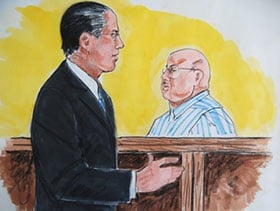A group of Chicago defense attorneys are currently seeking to prove that racial bias was at the root of a long series of Chicago drug stings. The ruling could have implications at the national level.
Beginning in the 1990s, the U.S. Bureau of Alcohol, Tobacco, Firearms and Explosives (ATFE) began carrying out a series of sting operations to catch drug criminals. The stings were carried out like this: An undercover employee of the ATFE (pretending to be a member of a drug cartel) targets a suspect and convinces them to steal nonexistent drugs from fake stash houses. If the suspect takes the bait, they get arrested.
The defense has argued that this approach has been used to disproportionately target black and Hispanic people. It points to statistics to back up its claims. In an examination of 94 defendants from such sting cases between 2006 and 2013, only eight were white, while the vast majority were black.
The prosecution contends that these statistics are being misrepresented. It argues that the stings deliberately targeted geographic regions with historically high instances of drug trafficking (the south and west sides of Chicago). While these neighborhoods have high minority populations, this factor is separate from the primary aim of the operation.
A panel of nine judges from Chicago federal court are presiding over the hearing. Defense lawyers from 12 such sting cases are jointly presenting their case. They have submitted a motion for the charges to be dropped based on racial bias. If successful, 43 Chicago area defendants will be released from custody. In addition, the court ruling could have implications on how similar cases are handled across the country.


